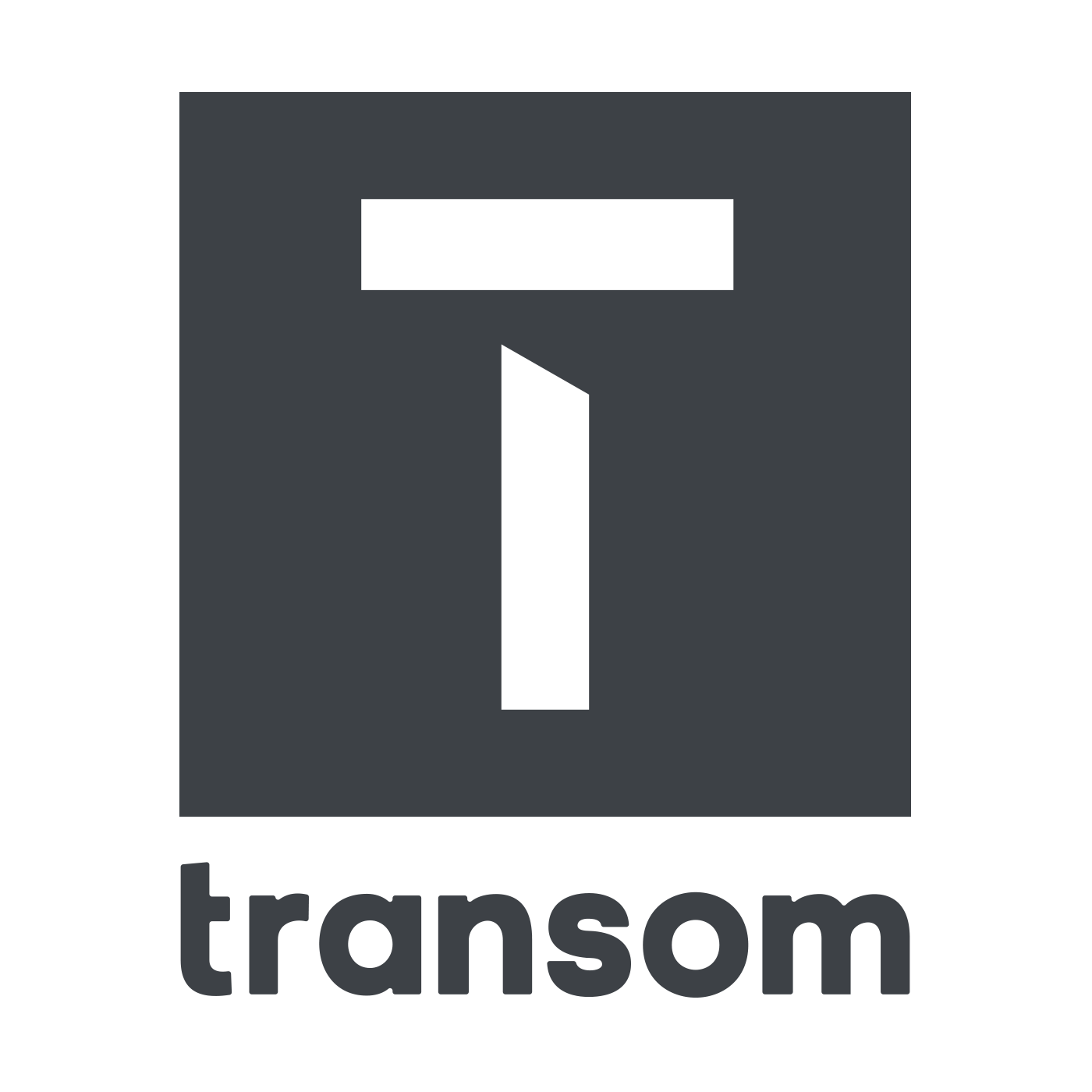
Transom Podcast
Transom
Podcast
Episodes
Listen, download, subscribe
Anatomy Of A Code Blue
A “Code Blue” You’ve seen it on TV. The line on the heart monitor goes flat. Reassuring beeps are overtaken by the ominous, solid tone of death. Doctors come running, throw electric paddles on the chest and yell, “Clear!” The patient springs back to life — most of the time, at least on TV. Yet a “code blue” can also be traumatic. A large nurse throws his entire weight onto the chest of a frail ninety-year old, cracking multiple ribs. A doctor tears off the patient’s gown. Each chest compression launches blood from the patient’s mouth showering his naked body. Drugs upon drugs squeeze blood to vital organs, but when his heart starts again most of his brain may have already died from lack of oxygen. A “code blue” is hospital-speak for advanced cardiopulmonary resuscitation. It is an attempt to restart the heart when it has stopped. On television codes are successful 75% of the time. In reality about 20% of patients live to leave the hospital. Whether a code is a magnificent life-saving feat or a brutal exercise in futility depends entirely on the overall condition and context of the patient’s life. In many cases the outcome is very difficult to predict. In weaving together the narrative of a code, my goal was not to answer the incredibly complex question of when or whether we should attempt to resuscitate. Rather, I wanted to explore what happens to hospital staff when grappling with acute uncertainty around our ability to combat death. Confronting Death I envisioned a story that was part medical documentary and part collective memory piece, drawing on many people’s experiences of working on the wards over many years. Paradoxically, I found my most powerful inspiration in the narrative form of the radio documentary Witness to an Execution by Stacy Abramson and David Isay. Witness tells the story of how lethal injections are carried out in Texas by weaving together the experiences of the full range of “death house” staff — the warden, the chaplain, the media correspondent, the “tie-down crew.” For me, the power of Witness comes largely from what it does not do. By not focusing on a single execution, not including recordings from any live event and not editorializing, it brings us deeper into the multi-layered experiences of those who live these events on a regular basis. I don’t think it was simply coincidental and ironic that my narrative about resuscitation found its inspiration in a piece about executions. Both moments of confronting death evoke emotions that cut through the more comfortably defined parameters of one’s “role” or “job.” Why Audio I originally turned to audio because of its power to immerse listeners in subjective experience. While video presents a reality seen through the camera’s lens, audio compels the listener to construct a mental and emotional image from the words and voices of those who have lived it. Audio also enabled me to capture a greater range of experience. By recording staff whose voices, accents and languages evoke their diverse backgrounds, I hoped to create a virtual conversation that might never occur due to the divisions within the hospital heirarchy. Indeed, nearly half of my subjects said they would not have talked with me if this were video. Before coming to their interviews many wanted to confirm, “No camera, right?” Logistics, Technical Aspects and Gear It took almost eight months of conversations with various hospitals to obtain permission to start recording. Privacy and legal concerns make this an extremely sensitive subject. I ultimately connected with leaders who shared a love for public radio in an institution that is actively working towards providing medical care with greater transparency. In addition, recording in the hospital turned out to be a technical challenge.
Transom Podcast RSS Feed
















